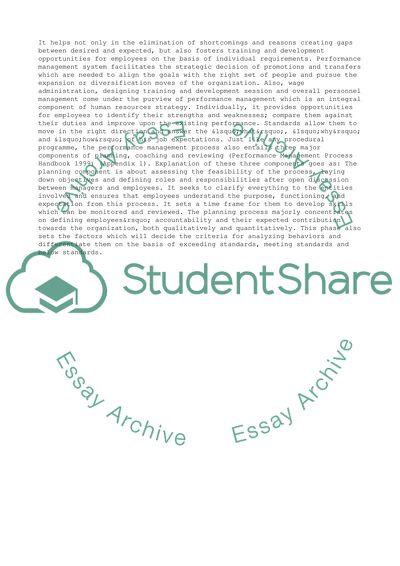Cite this document
(Components of Performance Management Process Coursework, n.d.)
Components of Performance Management Process Coursework. Retrieved from https://studentshare.org/management/1745943-3prm-part-a-b
Components of Performance Management Process Coursework. Retrieved from https://studentshare.org/management/1745943-3prm-part-a-b
(Components of Performance Management Process Coursework)
Components of Performance Management Process Coursework. https://studentshare.org/management/1745943-3prm-part-a-b.
Components of Performance Management Process Coursework. https://studentshare.org/management/1745943-3prm-part-a-b.
“Components of Performance Management Process Coursework”, n.d. https://studentshare.org/management/1745943-3prm-part-a-b.


